- What is Rewilding?
- What would a rewilded North America look like?
- Fears and misconceptions of rewilding in North America
- The benefits of Rewilding in North America
- Rewilding success stories in North America
- As an individual, how can I get involved in rewilding North America?
- Rewilding in North America, the future
- Glossary of terms
The term “rewilding” is not one that’s necessarily caught on widely in North America. Better-known in Britain, it’s a term that’s become somewhat polarizing in connection to conservation efforts. Even if the term is a little known in some circles and misunderstood in others, it ultimately speaks to a goal that a lot of environmental conservation and restoration organizations are working toward. Below, we’ll get into what exactly “rewilding” means, what it can do for our environment, how it’s misunderstood, and what’s in store for its future in North America.
What is Rewilding?
As explained in our guide to rewilding in Britain, this term “basically means returning the landscape to a wilder state,” though not necessarily to a “pristine state of wilderness.” The idea is essentially that human intervention has altered landscapes and ecosystems, but that this doesn’t have to be a permanent change. By removing human intervention to whatever extent possible — and sometimes via some extra efforts like planting or fencing off areas — we can prepare pieces of our environment to be reclaimed by nature. At that point, the natural world can begin to act on its own with regard to growth, regeneration, predation, grazing, decomposition, and more. The world, or at least pockets of it at a time, can go back to spinning along without so much direct human impact.
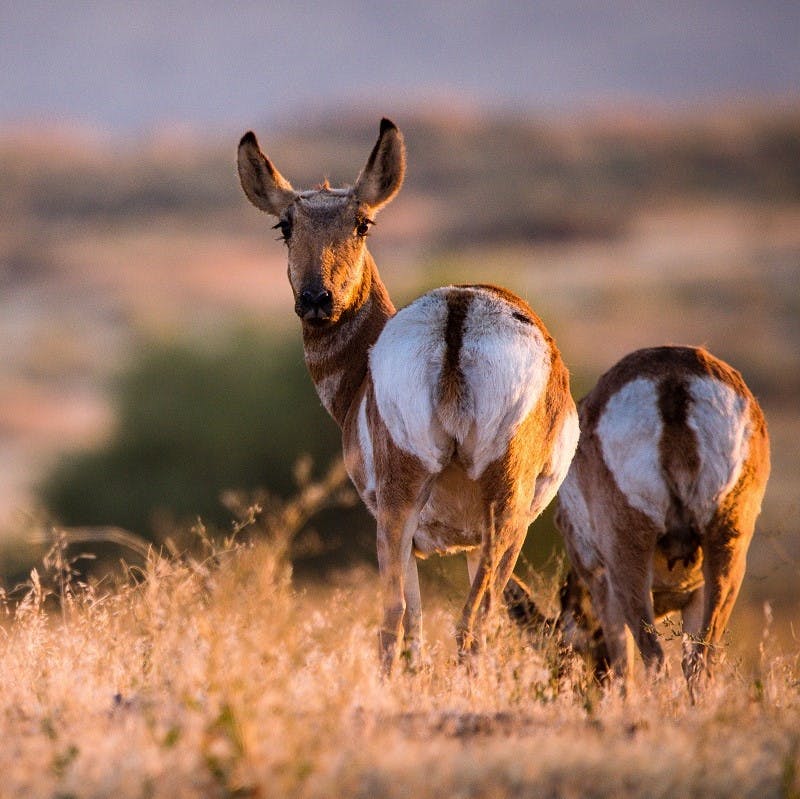
What would a rewilded North America look like?
There really isn’t a single answer to this question, or even a particularly clear one. But that, in a way, is the beauty of the rewilding concept. The North American continent is home to a vast array of different ecosystems and natural landscapes. Yet, most of these have been drastically impacted by human presence, through everything from deforestation, to air and freshwater pollution and the systematic devastation of a variety of animal species. Will we ever know the lush natural paradise that the first European explorers found when they landed in the “New World.”? Let's hope so, and that in time, proper rewilding would allow parts of this beautiful yet wounded land to be reclaimed by nature. Because the landscapes and ecosystems are so varied, this process will look different in different places. But from regrown forests and the gradual return of suffering species, to cleaner rivers and streams, there could be hints of the rebirth of a North America that was once nearly mythical in its natural wonder.
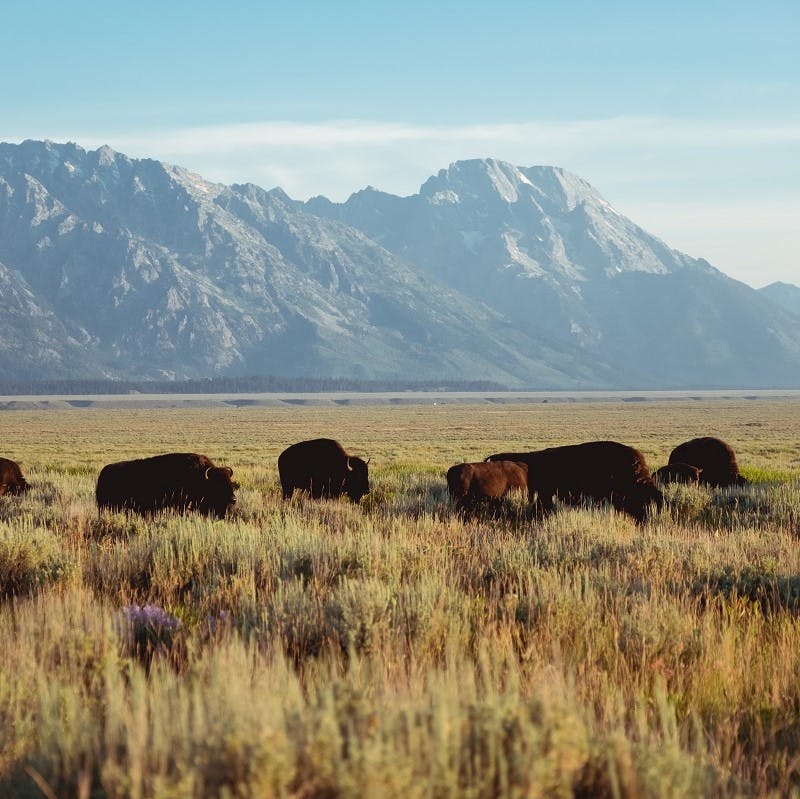


Take action now
Do you want to have a direct impact on climate change? Sir David Attenborough said the best thing we can do is to rewild the planet. So we run reforestation and rewilding programs across the globe to restore wild ecosystems and capture carbon.
Get involvedFears and misconceptions of rewilding in North America
Insofar as rewilding has become part of regular environmental discourse in North America, it has not inspired much in the way of widespread fear or misconception. There are, however, some misplaced concerns. Some, for instance, fear the spread of predatory wildlife — particularly given the wolf’s prominent place as a de facto symbol of these efforts. Others, even within the environmental movement, see rewilding as something of a gimmick, perhaps subscribing to the theme park argument we’ve seen out of Britain (essentially that rewilding creates fantasy nature parks rather than actually solving environmental issues). But again, there is not a particularly widespread fear of or argument against rewilding in North America at this stage.
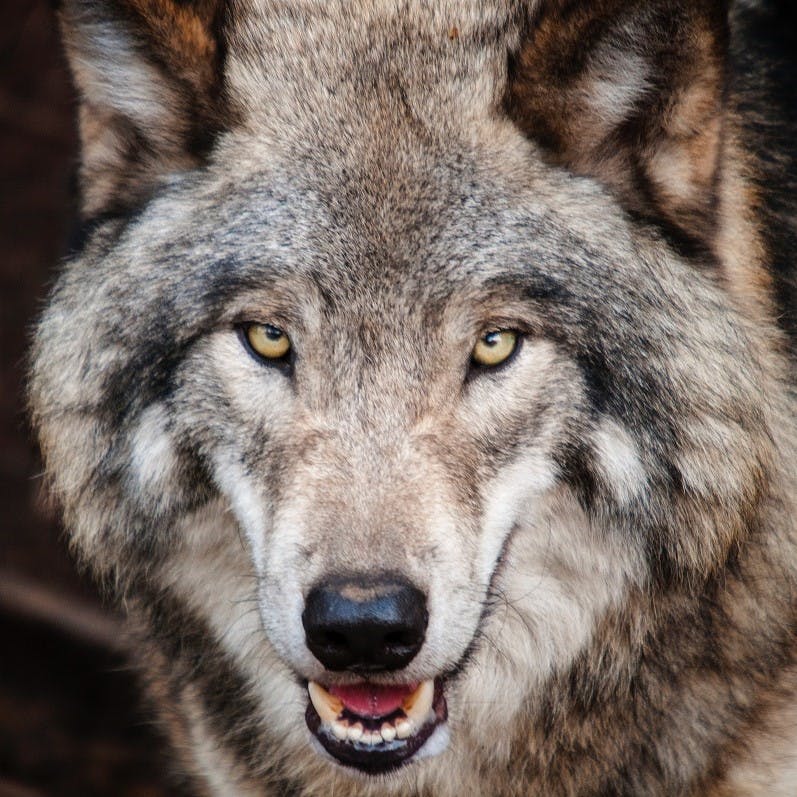
The benefits of Rewilding in North America
In the simplest of terms, a rewilded landscape allows nature to function as it’s meant to, which in turn translates to providing us with abundant natural resources and a cleaner environment. In this regard we can borrow again from the aforementioned piece on rewilding in Britain, because really the potential benefits are similar. We’ll see environments producing more food and medicine; we’ll enjoy cooler and cleaner air; reforested areas will perform natural carbon capture; and we may even see eco-tourism opportunities that further benefit the environment (through investment) and boost general wellness.
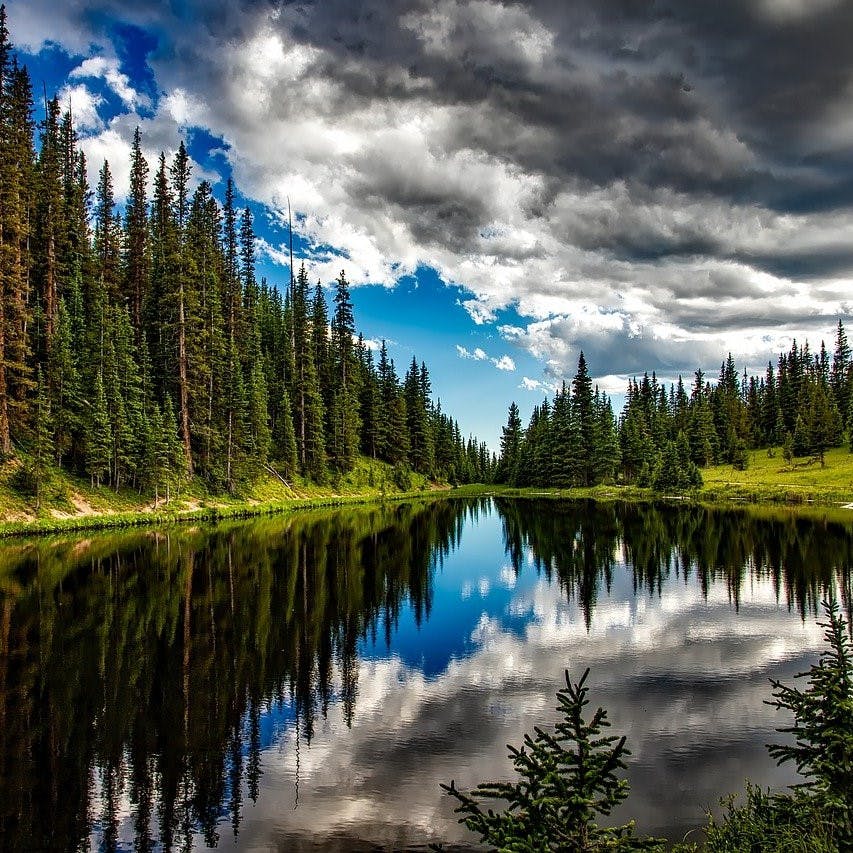
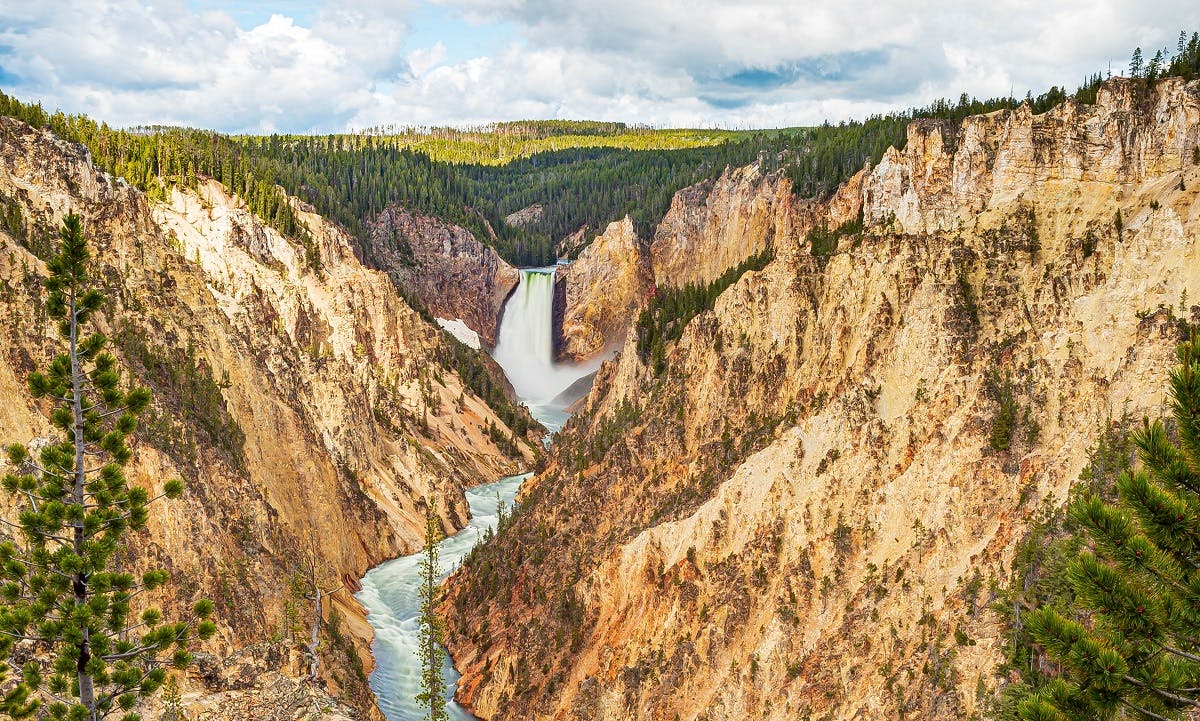
Rewilding success stories in North America
Among some of the more interesting experiments with rewilding around the world, there are some success stories from the United States and Mexico already. Most notable has been the success of reintroducing wolves to Yellowstone National Park. This served to reduce an over-inflated deer population, which in turn meant less uninterrupted grazing by the deer in concentrated areas. Vegetation regrew, which supported the natural return of numerous other animals (from birds to beavers). And from there the chain reaction grew to the point that the park now supports countless animals that had been driven into either migration or small numbers.
In addition there is the excellent work of The American Prairie Reserve, a Montana-based nonprofit founded in 2004, who are creating a huge wildlife conservation area of over 3 million acres (12,000 km2). It is their objective to purchase and permanently hold title to private lands that glue together a vast mosaic of existing public lands to establish a fully functioning mixed grass prairie ecosystem, complete with migration corridors and native wildlife.

As an individual, how can I get involved in rewilding North America?
There are numerous rewilding organizations and efforts that you can contribute to in North America, and in a number of ways. However, with the rewilding movement still in its early days, there’s also an argument to be made that its biggest needs are in education and leadership. With the growing emphasis on the urgent need for conservation and environmental change, many in North America, particularly in the millennial generation, are returning to school and pursuing online education so as to gain credentials for “green” fields of work. To that point, an online sustainability degree in the U.S. today can lead to careers in conservation, environmental specialization, environmental protection and planning, and even management and legal positions relating to these areas. So, beyond helping organizations actively working on rewilding, one of the best ways to get involved is to pursue relevant education and gain qualifications to obtain a position of influence in the movement.

Rewilding in North America, the future
As we’ve conveyed, rewilding is still in its early stages on this continent And yet, there are plenty of organizations working on it, and there is a high likelihood of more attention being paid to the movement as general concern for environmental issues continues to intensify. Additionally, it should be noted that there is a real opportunity in the region. A few years ago, a university study on the last wild places on the planet essentially mapped where humans’ impact was growing more severe, and where it was stagnant or even subsiding. Various parts of North America produced a surprisingly encouraging picture. This does not mean natural environments in the region aren’t in trouble, nor that things haven’t gotten worse since this study. However, there is an impression that some natural ecosystems are enduring. By extension, rewilding efforts in and around these areas could have tremendous effect.
Glossary of terms
Deforestation: The removal of trees from an area to repurpose the land for more lucrative usages such as the growing of monocultures. Deforestation can come in various forms, read more about it here.
Ecosystems: A community of biological organisms such as animals, plants, fungi and how they interact with one other and the environment they live in. An ecosystem has biological, physical and chemical components and come in endless forms.
Carbon Capture: This is where carbon dioxide is removed from the atmosphere. The trees and the ocean naturally provide this service and are our best tools in fighting climate change.
Migration Corridors: These are the pathways that migrating animals follow to reach where they will spend their summer or winter. Humans have started to create wildlife corridors that aim to protect these animals on their migratory routes, preventing human-wildlife conflict. They are essential to ensuring safe travel for migrating animals.
Sources & further reading

- “Rewilding in Britain” - Mossy Earth
- “Rewilding Scotland” - Mossy Earth
